The Paris region’s public transport system, built up over the better part of two centuries, relies on a diverse array of technologies. Many of these made their debut in Paris, some of which have gone on to serve transit systems elsewhere; others were chosen for Paris after proving themselves on other networks. But, for various reasons, some plans for Paris have gone unrealised or only partially completed. In this series, we’re looking at a few examples of ambitious, often audacious projects that were cancelled before their time.
Last week, we looked at Aérotrain, a high-speed commuter train. Today, we continue in the rail sector with Aramis, an experiment with Personal Rapid Transit that fatally compromised itself in an effort to achieve a purpose it was never designed to attain. The story of its rise and fall was documented by sociologist and philosopher of science Bruno Latour, who expanded an audit of the project to a full-length book called Aramis, or the Love of Technology.
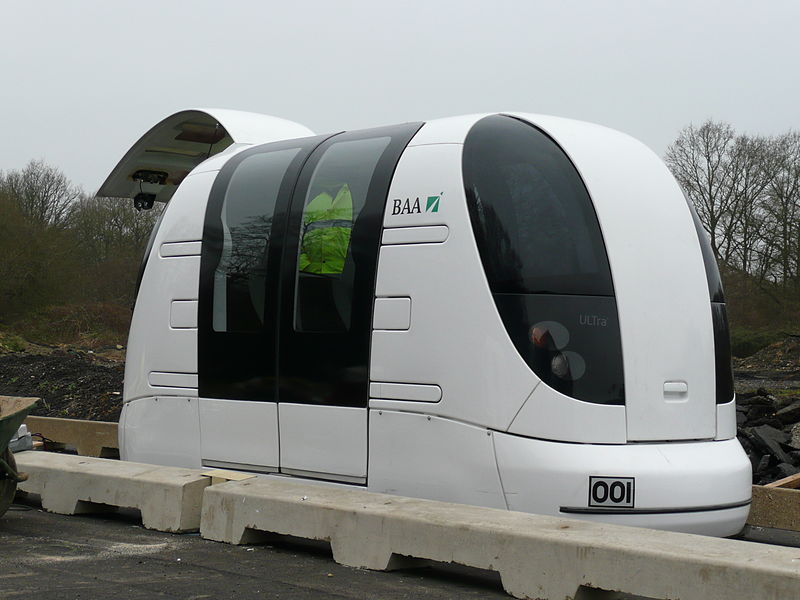
What is PRT?
Personal Rapid Transit (called the taxi robot in French) aims to allow passengers to journey from point to point without intermediate stops, using small rail vehicles, with stations in sidings so that cars which aren’t stopping aren’t slowed down by those that are. At first sight it’s an attractive proposition, offering some of the efficiencies of public transit (notably coordination of traffic and the existence of stations rather than the true point-to-point service offered by taxis) but many of the benefits of personal vehicles (faster travel without stops or transfers, potentially without sharing with strangers). However, of the many systems that have been tried, only one full-fledged PRT system has ever been durably installed in a city: a modest 5-station affair in Morgantown, West Virginia (population 29600). PRT advocates suggest the many false starts are the fault of planning mistakes and political issues, but many transport industry professionals think the mode is destined for failure.
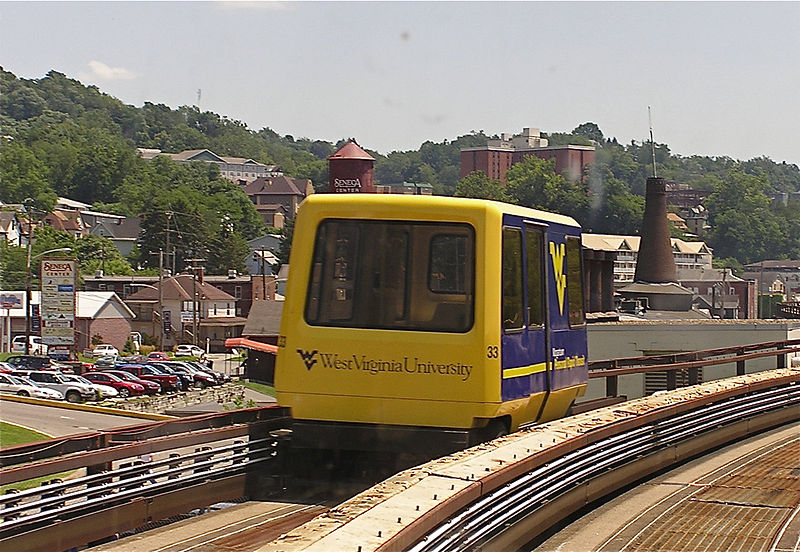
Vukan Vuchic and others have noted that in precisely the places where the infrastructure investment would be cost effective, the capacity offered by such a system would never meet the city’s requirements. Conversely, in places without such capacity issues, the system would never pay for itself, and the revolution in automated vehicles which many people see coming in the near future would render it obsolete. Proponents dispute the premise that such a system would be unaffordable for suburban environments and small towns, and argue that in denser areas they could supplement, rather than replace, more conventional transport modes.
Aramis
Paris’s experiment with PRT dates back to 1970, with Aramis, whose key innovation was to allow individual cars with different destinations to form trains for part of their journey using contactless coupling technology. In 1972, private company Matra teamed up with the Institut de Recherche des Transports to build a prototype at Orly airport. The French transport ministry and Paris transit authority RATP got on board in 1974.
Under the initial plans, trains would run at around 50 km/h: much faster than the average speeds achieved on the metro, due to its frequent stops (line 4, with a mean spacing of 431 m, averages a measly 21 km/h). Cars carrying up to four people would join these trains from stations in sidings, accelerating to join them and detaching and decelerating where necessary to provide passengers with non-stop journeys.
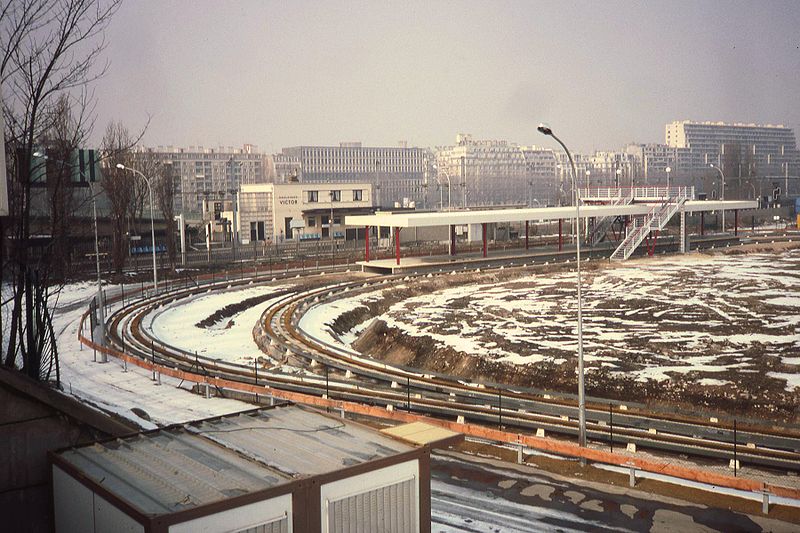
Moving away from PRT
In a traditional metro system, there’s a tradeoff between spacing stations close to one another (to minimise the distances passengers have to walk to their nearest station) and further apart (to maximise service speeds). In theory, a PRT system can afford to opt for a closer configuration, because trains will be bypassing stations. Indeed, Aramis went for 300 m. However, this presented a new problem. If trains on the main tracks were to run at 50 km/h, all speeding up and slowing down would have to be limited to sidings. And the distances required to get from 0 to 50 and back in a comfortable manner would mean doubling the track along its entire length. This extra infrastructure requirement proved prohibitive, and this is where, in 1974, the first compromises started to creep in. Some stations were kept in sidings, but others were moved to the main line, with all vehicles stopping.
The next compromise came from an unfortunate fact of urban life: asymmetry. If you let passengers choose their destination at all times, pods will cluster at the most popular destinations, leaving the most popular points of departure bereft of vehicles. This problem also confronted the Morgantown system, which only runs in “demand mode” during off-peak hours, running on a fixed schedule during rush hour. Aramis made the same decision.
If at peak times most people wanted to make the same journeys, then it made sense to couple the vehicles together from the start. Once you were doing that, it was reasoned, why not increase the capacity of each car at the same time? In 1977 this was increased to 10; in 1981, it would double to 20.
It turned out the mixed system (with some stations offline and others on the main track) proved too complicated, and in 1977 this was scrapped. All trains would call at all stations. This removed a key advantage of PRT, but significantly reduced infrastructure costs.
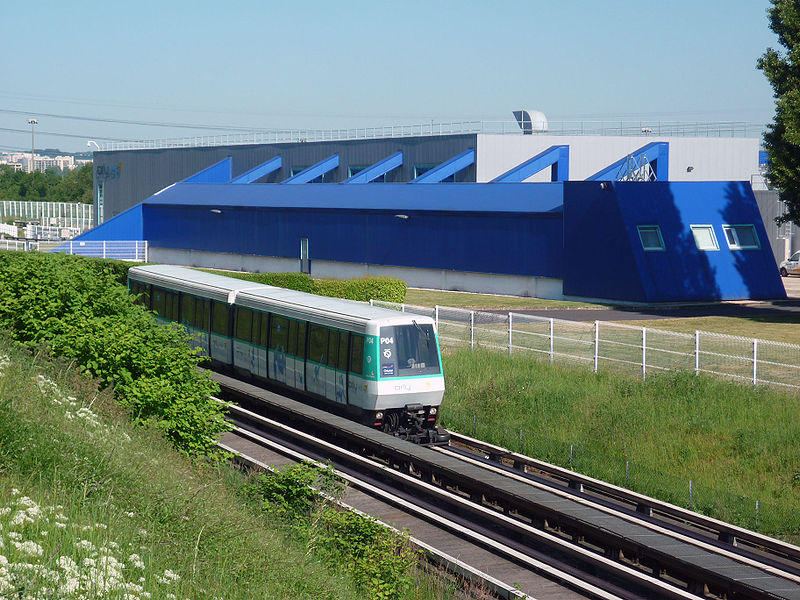
Little by little, the Aramis designers were reinventing the metro, in a pattern that we’ve seen repeated in recent years: ride-hailing company Lyft came up with the idea of reducing costs using shared vehicles along fixed routes. They presented this as a new innovation, but commentators were quick to point out that they’d rediscovered the bus.
Trouble is, the system’s narrow gauge wasn’t designed for high-capacity vehicles. So, having started with an exciting and innovative proposition, Aramis had ended up proposing something like a metro, but less useful. The one key benefit they managed to hold onto was automation; but the VAL, developed in parallel by Matra for Lille’s new metro, was also fully automated without Aramis’s capacity constraints. Today VAL has been installed in Toulouse, Rennes and cities around the world, as well as at both of Paris’s main airports.
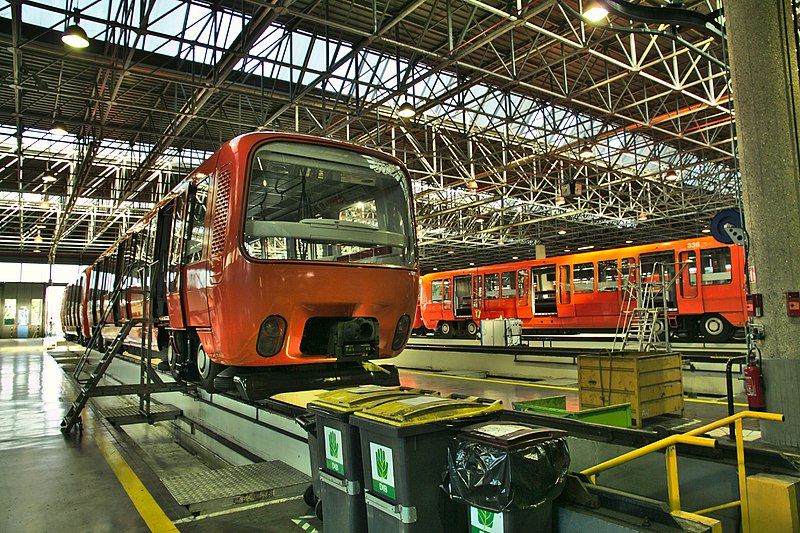
The end of the road
But Aramis’s flaws, and the fact that it had long since lost its defining features, didn’t seem to deter Paris. Matra saw more promise in VAL and wanted to abandon Aramis, but in 1984 they signed a deal with RATP, the transport ministry and the Île-de-France region. Under this deal, an entire network would be developed in southern Paris, opening in 1992 and incorporating a 9.5 km section of the Petite Ceinture. As part of this plan, a test track was installed in 1986 on a small part of this route.
Why didn’t the decision-makers let go sooner? Perhaps it was a classic case of the sunk cost fallacy. Perhaps it was a sense of competition, wanting the technology they had chosen to succeed rather than “losing” to Lille’s VAL. Or maybe it was just that nobody wanted to be the person who cancelled Aramis. In his book, Latour describes a situation in which every individual involved had misgivings, but each thought the collective will was with Aramis, and nobody wanted to be the first to speak against the wisdom of the group.
In 1987 the project finally collapsed under the weight of its many compromises. Its costs had eventually come to be seen as prohibitive given the limited capacity of the system.
What remains of Aramis?
Many of the technologies developed for Aramis came to be used elsewhere. In particular, the experience with automation contributed not only to VAL, but also to the fully automated Line D of Lyon’s metro and, later, lines 14, 1 and 4 of the Paris metro.
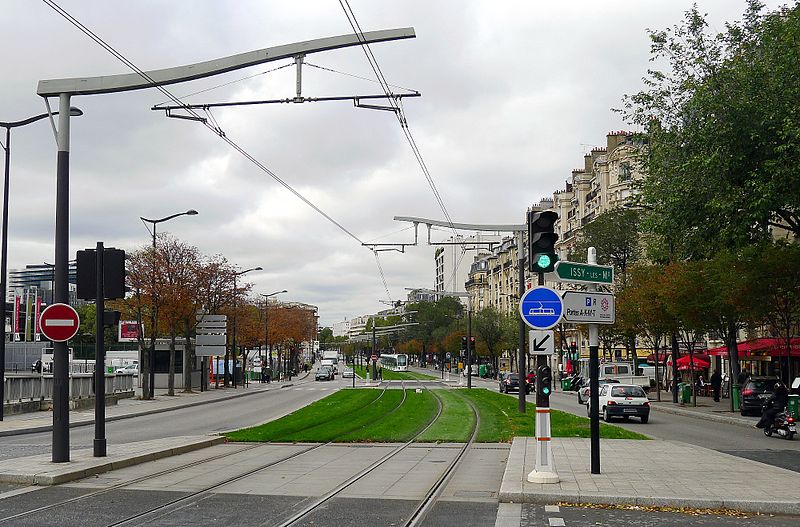
The test site on the edge of the 15th arrondissement was redeveloped for the head office of France Télévisions. The main section of the planned route along the Petite Ceinture is now served by tramway T3a, which opened in 2006. Part of the branch to the Gare de Lyon is now served by metro line 14. And the planned branch to Bagneux was given to line 4, which is currently being extended along this route. Another planned branch, from the Place d’Italie to the poorly-served Place de Rungis in the 13th arrondissement, might one day be served by an extension to line 5. Mainline stations the Gare de Lyon and Austerlitz, which would have been linked by the network, remain unconnected (except by bus or on foot), despite numerous other attempts to join them (some of which we’ll see later in this series).
Aramis’s story is less tragic than that of the Aérotrain: its technological legacy lives on in Paris and around the world. It could however be seen as a cautionary tale for those who think they can overcome the geometrical realities of urban life. As social policy expert Peter Matthews once tweeted, Elon Musk would do well to study the history of Aramis.
This article is part of a series about the transport that never was in Paris: see below for links to the rest of the series. And Fabric of Paris will keep coming back to stories like these, so make sure to sign up below to receive email updates.
 Fabric of Paris
Fabric of Paris